10 Ways to Brew Quality Coffee Like a Pro
In the pursuit of the perfect cup of coffee, many enthusiasts seek to elevate their brewing techniques to create Quality Coffee comparable to that of professional baristas. Understanding the nuances of brewing not only enhances the flavor but also brings out the distinct characteristics of various coffee beans. From selecting the finest beans to mastering the brewing process, there are numerous methods that can transform an ordinary cup into an extraordinary experience. This guide presents ten essential ways to brew Quality Coffee like a pro, focusing on the importance of precision, the right equipment, and effective brewing methods. Embrace these strategies to not only enjoy the delightful aroma and taste but also to impress friends and family with your newfound barista skills. Each step invites coffee lovers to explore the art and science behind brewing a superior cup, ultimately enriching their daily rituals.
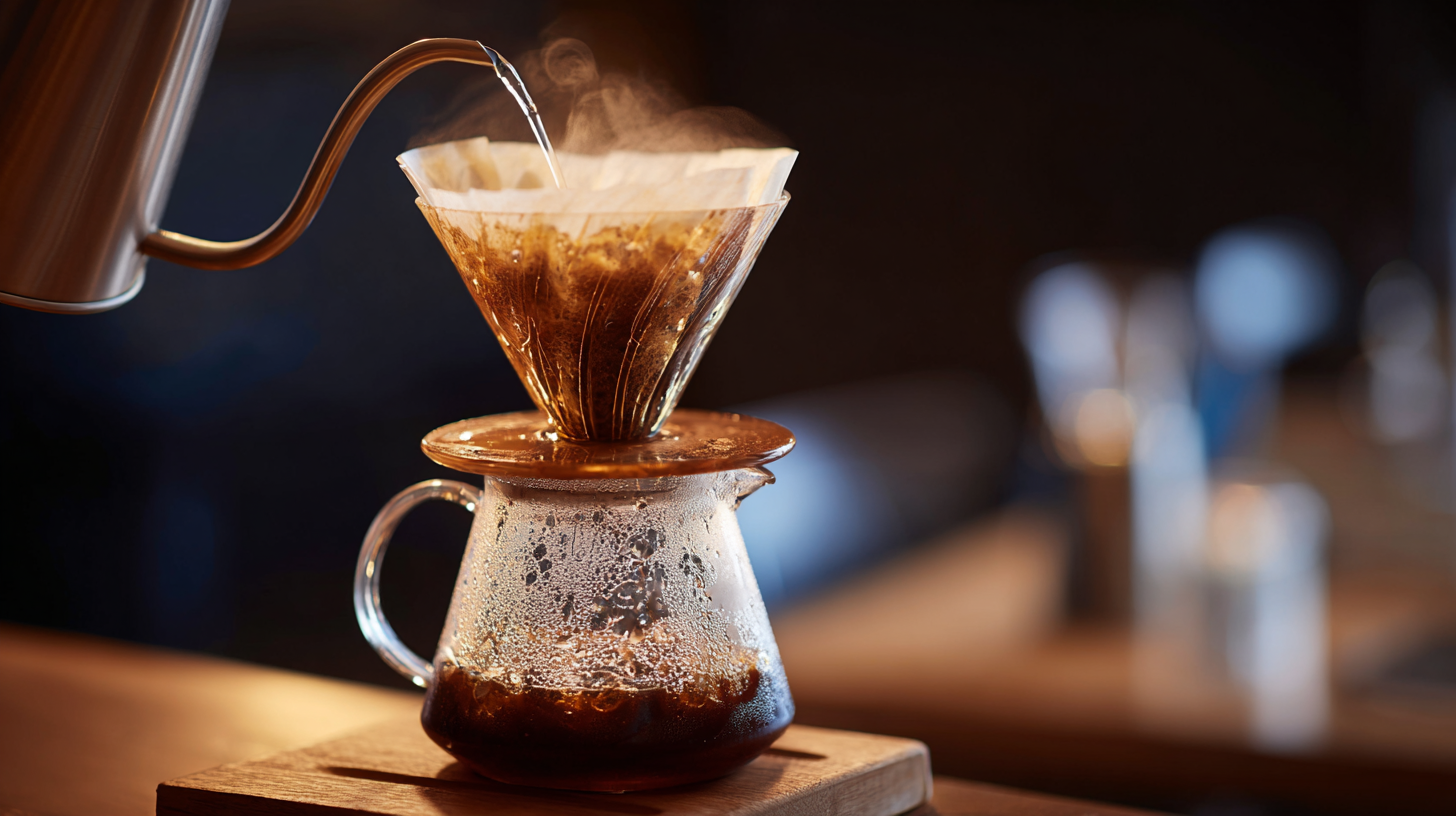
Understanding Coffee Beans: Choosing the Right Variety for Flavor
Understanding coffee beans is essential for brewing exceptional coffee. The variety of coffee beans plays a significant role in determining the flavor profile of the final beverage. Arabica and Robusta are the two main types of coffee beans, each offering distinct characteristics. Arabica beans are known for their smooth, nuanced flavors and higher acidity, making them a favorite among coffee aficionados. In contrast, Robusta beans have a stronger, more bitter taste with a higher caffeine content, which can lend itself well to espresso blends. Choosing the right variety based on your flavor preference can greatly enhance your coffee experience.
When selecting coffee beans, considering the origin is equally important. Beans sourced from different regions exhibit unique flavor notes influenced by the local climate and soil conditions. For example, Ethiopian coffees often have fruity and floral notes, while Colombian beans might showcase a balance of sweetness and nuttiness. Additionally, the roast level—light, medium, or dark—can further alter the taste profile. Light roasts tend to highlight the beans' natural flavors, while dark roasts offer a bolder, richer taste. By understanding the impact of bean variety and origin, you can make informed choices that lead to brewing coffee like a pro.
10 Ways to Brew Quality Coffee Like a Pro - Understanding Coffee Beans: Choosing the Right Variety for Flavor
| Coffee Variety | Flavor Profile | Acidity Level | Best Brew Method |
|---|---|---|---|
| Arabica | Fruity, Sweet, Floral | Medium | Pour Over |
| Robusta | Bold, Earthy, Nuts | Low | Espresso |
| Liberica | Floral, Fruity, Spicy | Medium | French Press |
| Excelsa | Fruity, Tart, Dark | Medium | Cold Brew |
| Geisha | Floral, Jasmine, Tea-like | High | Pour Over |
Mastering Brewing Techniques: From French Press to Pour Over
Mastering brewing techniques is essential for coffee lovers who aspire to elevate their coffee game. The two popular methods, French press and pour-over, allow for greater control over flavor extraction, resulting in a cup that rivals your favorite café. According to a report by the Specialty Coffee Association, coffee brewed using the French press retains more oils and sediments, yielding a richer flavor profile. This method relies on steeping coarsely ground coffee with hot water for about four minutes, allowing the grounds to fully express their unique attributes.
On the other hand, pour-over coffee gives the brewer total control over the brewing time and water temperature, factors known to influence overall extraction levels significantly. A study from the National Coffee Association reveals that pour-over methods can increase the perceived clarity and brightness in coffee, particularly for lighter roasts. By pouring water in a circular motion over the grounds, you can ensure even saturation and better extraction. Whether you prefer the boldness of the French press or the precision of pour-over, mastering these techniques will transform your coffee experience and enhance your appreciation for this beloved beverage.
10 Ways to Brew Quality Coffee Like a Pro
The Importance of Water: Quality and Temperature for Perfect Coffee
When it comes to brewing quality coffee, the significance of water cannot be overstated. In fact, water constitutes about 98% of a cup of coffee, which means its quality directly influences the final flavor profile. According to a study by the Water Quality Association (WQA), using filtered water can significantly enhance the taste by removing chlorine and other impurities that can lead to a flat or undesirable taste. The ideal mineral composition, often cited by coffee experts, includes a balance of magnesium and calcium that can accentuate the coffee's natural flavors.
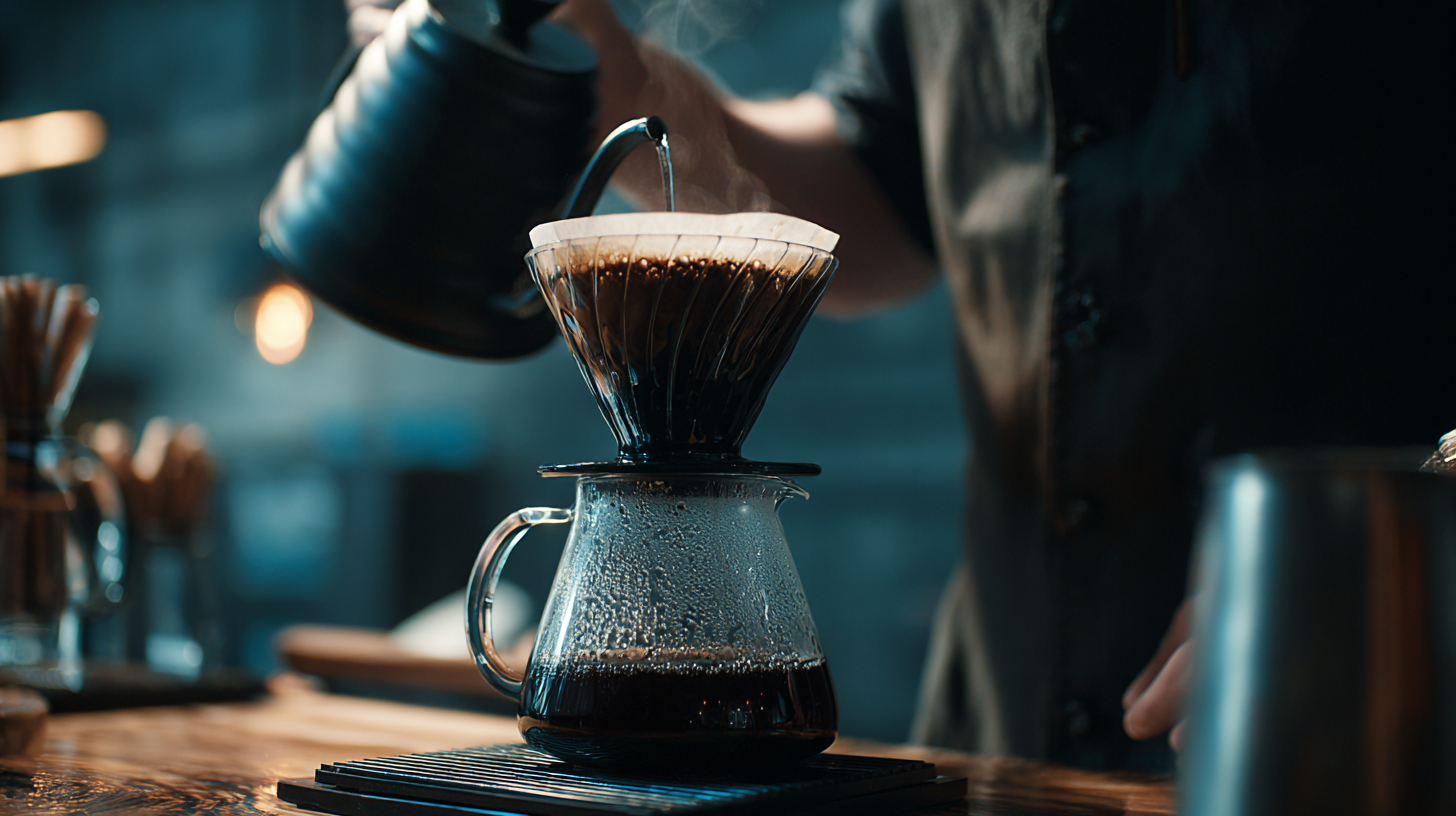
Temperature also plays a crucial role in the brewing process. The Specialty Coffee Association (SCA) recommends a brewing temperature between 195°F to 205°F (90°C to 96°C) to extract the optimal flavors from the coffee grounds. Water that is too hot can overwhelm the coffee, resulting in a bitter brew, while water that is too cool may lead to under-extraction, leaving the coffee sour or weak. By paying careful attention to both the quality and temperature of the water, coffee enthusiasts can elevate their brewing technique, enabling them to achieve a cup that truly reflects the complexity and richness of the beans.
Grinding Coffee: Finding the Optimal Grind Size for Your Method
The grind size of your coffee is crucial in determining the extraction rate and ultimately the flavor of your brew. Research by the Specialty Coffee Association indicates that the ideal grind size can vary significantly depending on the brewing method employed.
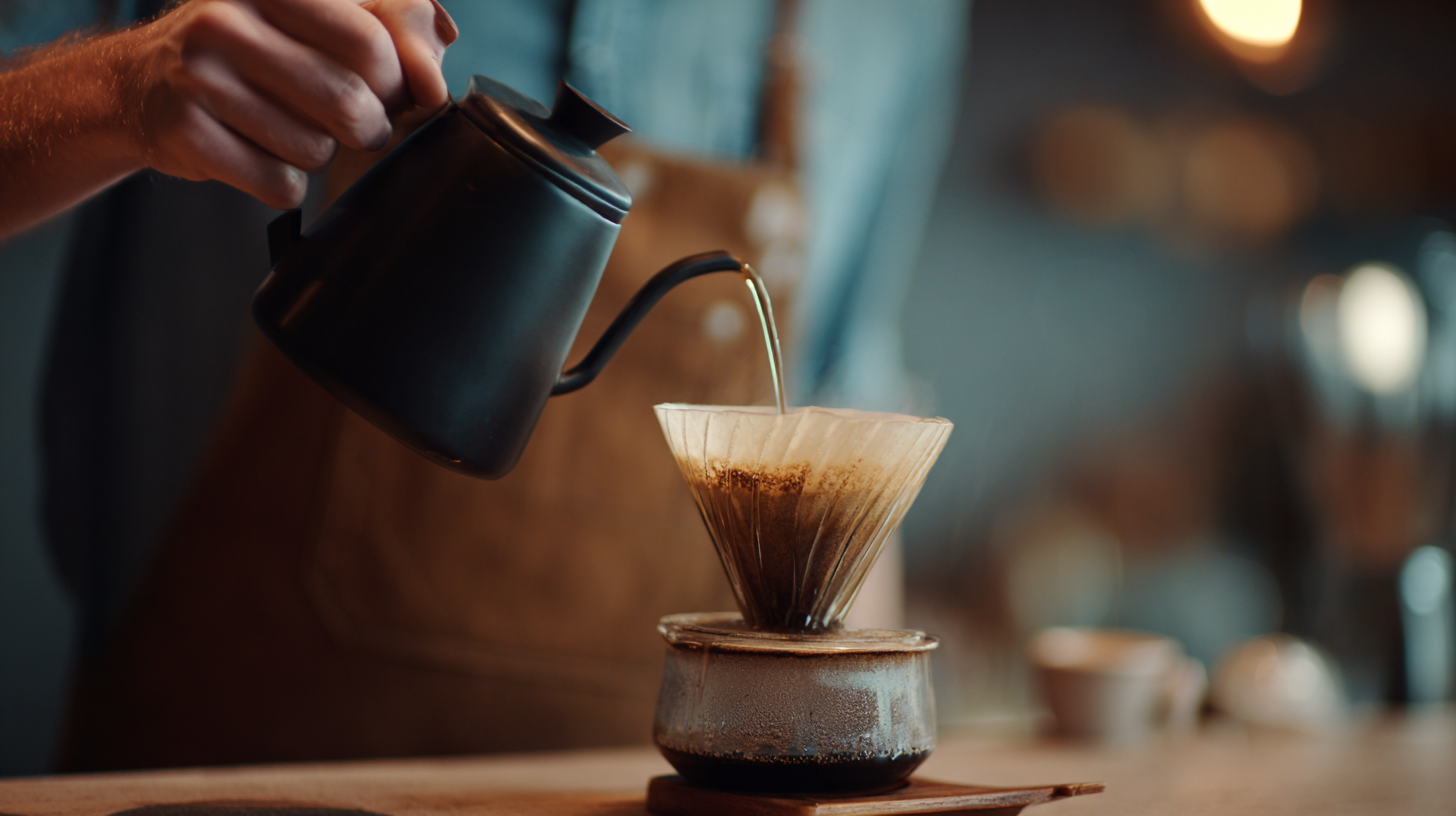 For instance, while a coarse grind is best suited for methods like French press, which allows for longer steeping times, a fine grind is essential for espresso to ensure a quick and even extraction under pressure. In fact, studies have shown that inconsistency in grind size can lead to a variance in extraction by up to 20%, affecting the overall flavor profile and quality of the coffee.
For instance, while a coarse grind is best suited for methods like French press, which allows for longer steeping times, a fine grind is essential for espresso to ensure a quick and even extraction under pressure. In fact, studies have shown that inconsistency in grind size can lead to a variance in extraction by up to 20%, affecting the overall flavor profile and quality of the coffee.
Moreover, the timing of grinding also plays an integral role in preserving the coffee's freshness. According to a report from the Journal of Agricultural and Food Chemistry, coffee beans start losing their flavor within minutes after grinding due to the increased surface area exposed to air. Therefore, it's recommended to grind coffee just before brewing to maximize the aromatic compounds captured in the cup. For enthusiasts looking to perfect their brewing technique, investing in a quality burr grinder that allows for precise control over grind size is essential, and can serve as a game-changer in achieving that professional-level brew.
Tasting and Adjusting: Fine-Tuning Your Brew for Optimal Enjoyment
Tasting and adjusting are crucial steps in mastering the art of coffee brewing. The complex flavors in coffee can vary dramatically based on factors such as bean origin, grind size, water temperature, and brew time. To truly enhance your coffee experience, take the time to taste your brew at different stages and make adjustments as needed. Start by brewing a small batch and observe its aroma, flavor profile, and acidity. This initial tasting will provide valuable insights into any necessary modifications.
Once you've identified specific elements to adjust, consider altering one variable at a time. For example, if the coffee tastes too bitter, you might need a coarser grind or a shorter brew time. Conversely, if it lacks depth, experimenting with water temperature or using a finer grind can help bring out those richer notes. Keeping detailed notes on each brewing session will allow you to track changes and refine your technique gradually.
By tuning your brewing process to suit your personal palate, you'll enhance your overall coffee enjoyment and develop a deeper appreciation for this beloved beverage.
Related Posts
-
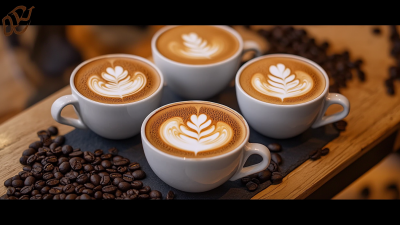
Rising Above Tariffs How Chinese High Quality Coffee Beans Thrive in Global Markets
-
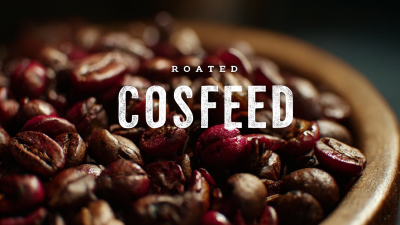
China's Premium Factories Delivering Exceptional Best Roasted Coffee to the World
-
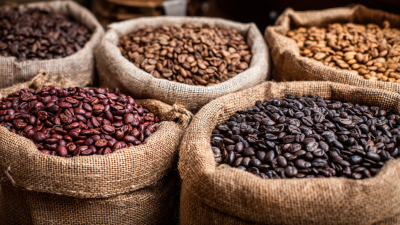
Discovering High Quality Coffee Beans at the 138th Canton Fair 2025: Market Trends and Insights
-

Navigating Tariff Challenges How Chinese Coffee Solutions Thrive Amidst US China Trade Tensions
-
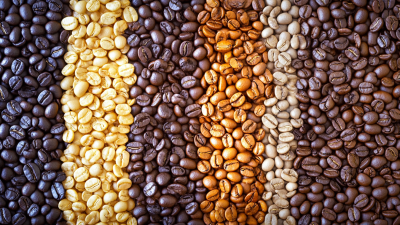
Understanding the Quality Standards for Roasted Coffee in Global Supply Chains
-
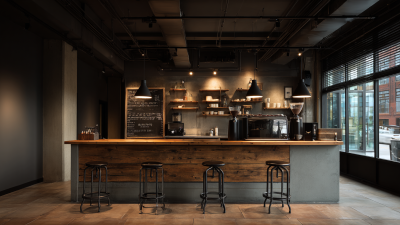
Unveiling the Best Coffee Bar Features 12 Key Specifications You Need to Know



